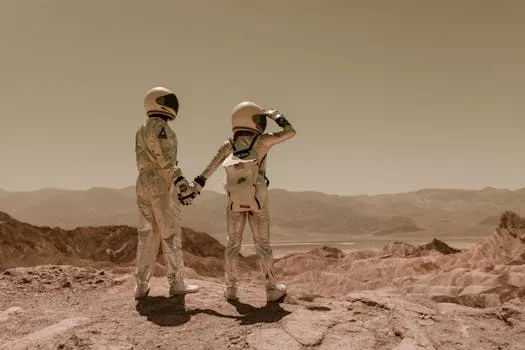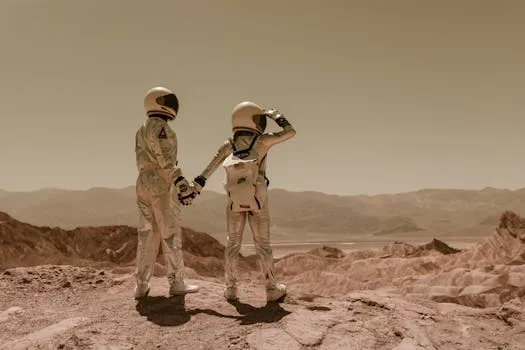
“
From Stardust to Dreams: Imagining Life Beyond the Stars
Introduction to the Cosmos
From Stardust to Dreams: Imagining Life Beyond the Stars is a journey through the vast expanse of the universe, exploring the mysteries of the cosmos and the possibility of life beyond Earth. As we delve into the unknown, we begin to realize that the universe is full of endless possibilities, from the formation of stars and galaxies to the potential for life on other planets.
The universe is estimated to be around 13.8 billion years old, with over 100 billion galaxies, each containing billions of stars. The sheer scale of the universe is mind-boggling, with distances between stars and galaxies so vast that it would take a spacecraft thousands of years to reach the nearest star outside of our solar system.
The Formation of Stars and Galaxies
Stars are born from giant molecular clouds, vast regions of space filled with gas and dust. As these clouds collapse under their own gravity, they begin to spin faster and faster, eventually forming a protostar. The protostar continues to collapse, with the core becoming increasingly hot and dense, until finally, a star is born.
Galaxies, on the other hand, are massive collections of stars, gas, and dust, held together by gravity. The Milky Way, our home galaxy, is just one of billions of galaxies in the universe, each with its own unique structure and composition. For a deeper understanding of galaxies, check out Galaxies of Dreams.
The Search for Life Beyond Earth
The search for life beyond Earth is an ongoing and intriguing area of research, with scientists using a variety of methods to detect signs of life on other planets. From the study of exoplanet atmospheres to the search for radio signals from advanced civilizations, the possibilities are endless.
One of the most promising areas of research is the study of exoplanets, planets that orbit stars other than the Sun. With thousands of exoplanets discovered so far, the potential for life on other planets is vast, with some planets located in the habitable zones of their respective stars, where conditions are suitable for life as we know it. This exploration is akin to charting new realms in our understanding of the universe.
Conclusion and Future Directions
As we continue to explore the universe and the possibility of life beyond Earth, we are reminded of the infinite possibilities that exist in the cosmos. From the formation of stars and galaxies to the search for life on other planets, the journey is just beginning.
With ongoing and future missions, such as the James Webb Space Telescope and the Square Kilometre Array, we will continue to push the boundaries of our knowledge, exploring the universe in greater detail than ever before.
Takeaways:
- The universe is vast and complex, with over 100 billion galaxies, each containing billions of stars.
- Stars are born from giant molecular clouds, and galaxies are massive collections of stars, gas, and dust.
- The search for life beyond Earth is an ongoing area of research, with scientists using a variety of methods to detect signs of life on other planets.




